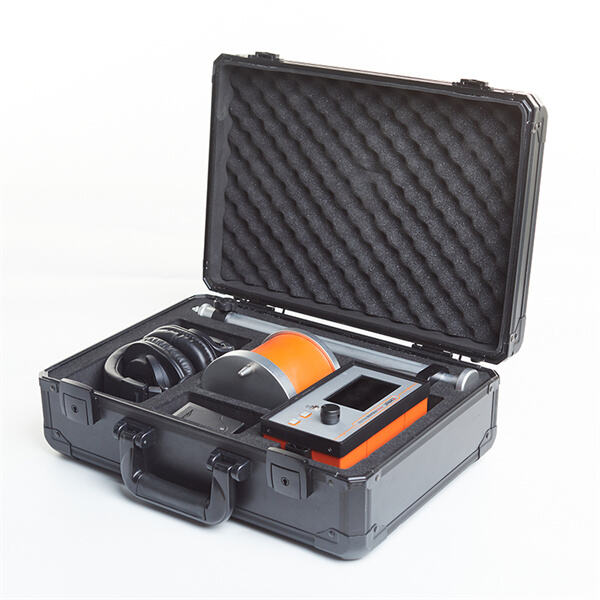 EN
EN
 EN
EN
So what, you ask, is a cable thump-er? These are handy diagnostic tools for telecommute workers. The telecommunications industry has to ensure we have services such as the internet, telephone and also television. In this article, we will learn what cable thump-er are, how they help locate defects in underground Cable Testing & Diagnostics, and their impact on construction sites. We will further verify whether cable thump-er are the suitable fault location technique and mention some issues on using them
Cable thump-er are designed to test underground cables. These are the cables we need to access the internet, our phones.. Here is the way a cable thump-er works and that is very interesting. It transmits an over voltage signal through the cable and subsequently analyzes how the cable reacts to that stimulus. This in turn enables workers to find out otherwise the cable is broken or otherwise faulty. There are two electrodes (the parts of the device that deliver the signal), which are wrapped around the cable. After the signal is sent the thump-er measures the time it takes for the signal to return back to the device. Should the return signal take too long, this often indicates an issue with the cable. This helps workers identify the problem and correct it as quickly as possible.
In the world of telecommunications, finding faults has always been a complex task—but thanks to cable thump-er, the game is changing. Previously, if there was an issue with a Cable Identification, workers had to excavate the entire cable to find out what the issue was. This digging though, was both very time-consuming and expensive. Also, if you dug up another line that was near there, that could be damaging. Today, thanks to cable thump-er, workers can identify the cowards without disturbing the cable. This is certainly a time and money saver. As a result, customers have their services restored in a shorter time frame, and telecommunications companies incur lower costs when it comes to repairing cable lines. So everyone wins: customers are pleased and companies have one less thing on their plates.

Cable thump-er can come in handy if you are on a construction site, as well. In the case of workers working with spade or during excavation, knowing the exact position of these Cable Fault Location proves to be of utmost significance. This method allows them to avoid breaking or damaging these items during their work. To find these cables easily, cable thump-er are used. Workers that know where the cables are can use a cable thump-er before they start digging. This allows work to be carried out without causing delays or damaging cables. Cables are extremely crucial, which is why they must be protected as well as workers (and accidents) as well. This then prevents expensive repairs from possibly damaging a cable during construction.

Although cable thump-er are more effective and useful than other methods, they aren't always the most appropriate way to find every kind of fault. For instance, shorts due to moisture or rust in the cables may be beyond detection. Also, older cables sometimes face damage from the strong electrical signal that cable thump-er use. And that could mean you end up needing costly repairs later on. Which makes it critically imperative to complement the cable thump-er with other kinds of fault finding methods. Several workers use more than one option to make certain they obtain the correct outputs. This prevents rope tearing and prevents expensive replacements.

While cable thump-er are invaluable tools in a variety of situations, they are also not without certain unintended consequences. For example cable thumping is based on the principle of injecting a strong electrical signal into the ground; if such signal gets reflected and reaches some other electronic devices, it will cause interference. It could interfere with devices such as medical equipment or other communication cables that are installed nearby. As such, cable thump-er should be used judiciously and care should be taken to avoid unwanted interference. It is also annoying to the neighbors when using cable thump-er. They might listen to or even sense the resonances of the intense impulses. Which is also another reason to deploy the cable thump-er so as not to disturb the neighbors.